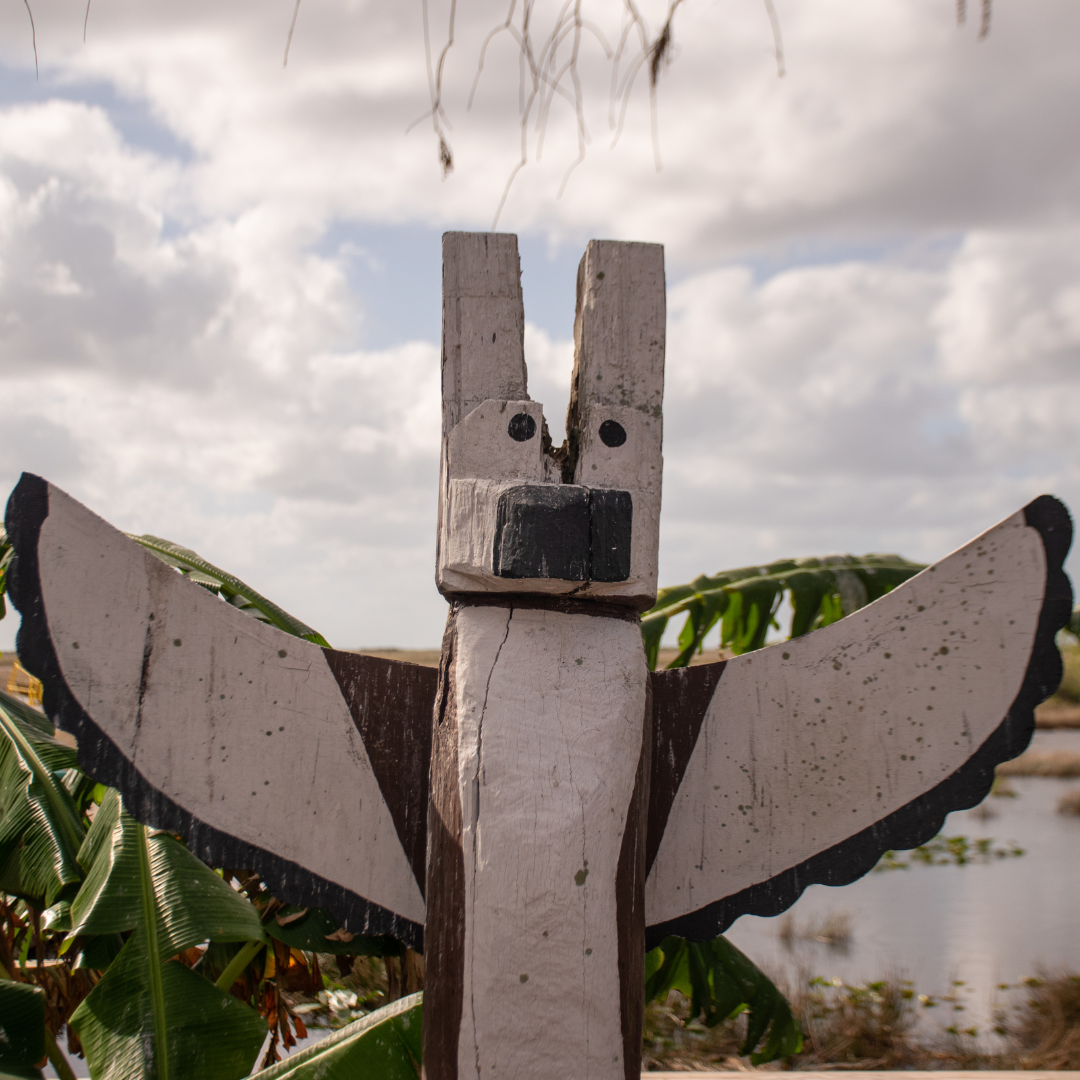Amerindian Waterways: Exploring Guyana’s Indigenous Communities by Boat

The vast, unspoiled expanses of Guyana are cradled by the whispers of ancient civilizations, where the rhythm of the waters and the tales of the Amerindian tribes merge to form a rich tapestry of history, culture, and tradition. As one navigates the intricate maze of waterways that traverse this South American nation, the stories of the Indigenous communities unfold, revealing a world where nature and tradition coexist in harmonious balance. This article invites you on a boat journey through the Amerindian heartlands of Guyana, exploring the very essence of its native peoples.
A Brief Introduction: The Amerindian Legacy in Guyana
Long before the era of colonial conquests and modern settlements, Guyana’s landscapes were inhabited by its Indigenous peoples. Nine distinct Amerindian tribes, including the Wapishana, Macushi, and Arawak, have left an indelible mark on the country’s cultural fabric. Historically, these tribes settled along the waterways, which offered sustenance, transport, and a medium for trade. Even today, their presence is palpable in the form of traditions, languages, and an unparalleled understanding of the environment. The Amerindian legacy is not just history – it’s a living testament to resilience, wisdom, and a profound bond with the land.
Key River Routes: Connecting Indigenous Communities
The rivers of Guyana, including the majestic Essequibo, Demerara, and Berbice, serve as vital lifelines, connecting remote Amerindian settlements. These waterways have historically played a role in trade, communication, and migration for Indigenous communities. Traveling by boat, one might come across a Makushi village on the banks of the Rupununi River or an Arawak settlement along the Moruka. The journey along these rivers is a step back in time, as traditional dugout canoes ply the waters, children play along the banks, and the distant sound of traditional songs fills the air. Each bend in the river reveals a new village, a new community, and a fresh perspective on Amerindian life.
Traditions and Customs: Life Along the Waterways
Life for the Amerindian tribes revolves around the rivers. Fishing, using methods passed down through generations, remains a primary source of sustenance. Traditional homes, known as benabs, are constructed using local materials and are often raised on stilts to combat the river’s occasional fury. Rituals, too, are intrinsically linked to the water. From baptism ceremonies to rites of passage, the river witnesses the milestones of community life. The vibrant festivals, like the Heritage Month celebrations, see communities gathering by the riverside, dancing, singing, and celebrating their rich heritage.
Sustainable Tourism: Visiting with Respect and Curiosity
As the world awakens to the beauty and wisdom of Indigenous cultures, sustainable tourism initiatives are gaining traction in Guyana. Guided by community members, visitors can immerse themselves in daily life, from fishing expeditions to traditional craft workshops. But it’s essential that tourism respects and preserves the very essence of these communities. Travelers are encouraged to approach with an open heart and mind, understanding that they are guests in a world where nature and tradition reign supreme. The revenues generated from such tourism often go back into the community, funding education, healthcare, and conservation projects.
Arts, Crafts, and Rituals: Celebrating Indigenous Culture
The Amerindian tribes of Guyana are gifted artisans, creating intricate crafts that tell tales of their ancestry and environment. From woven baskets to beaded jewelry, each piece is a labor of love and tradition. Rituals, too, are a significant aspect of community life. The “Maraka” dance of the Arawak or the vibrant “Parashara” of the Macushi offer glimpses into the spiritual and social aspects of Amerindian culture. These dances, often accompanied by traditional instruments like the mukuka or the kabakaburi, weave stories of creation, nature, and community bonds.
Challenges and Opportunities: The Modern Amerindian Community
While the Amerindian communities hold tight to their traditions, they also face numerous modern-day challenges. Climate change, deforestation, and external economic pressures threaten their way of life. However, with challenge comes opportunity. Many communities are actively engaging in conservation efforts, leveraging traditional knowledge to combat environmental threats. There’s also a renewed interest among the younger generation to preserve their languages, arts, and crafts, ensuring that the Amerindian legacy thrives in the modern age.
Language and Lore: Stories from the Elders
The Amerindian languages, rich and melodic, are the carriers of the community’s history, wisdom, and worldview. Elders, regarded as the repositories of knowledge, often gather the younger generation around, narrating tales of creation, heroism, and life lessons. These oral traditions, passed down through countless generations, offer insights into the tribe’s cosmology, values, and relationship with nature. To sit by a campfire, under a canopy of stars, listening to an elder’s tale is to connect with the very soul of Amerindian culture.
To journey through Guyana’s Amerindian waterways is to embark on an exploration of the soul. It’s an intimate dance between nature and culture, history and the present, challenges and hope. As the boat glides through the waters, past traditional villages and into the heart of the jungle, one thing becomes clear: the spirit of the Amerindian tribes is as vast and profound as the rivers they call home. Their story, woven from the threads of nature, tradition, and resilience, is a testament to the enduring heartbeat of Indigenous Guyana.


